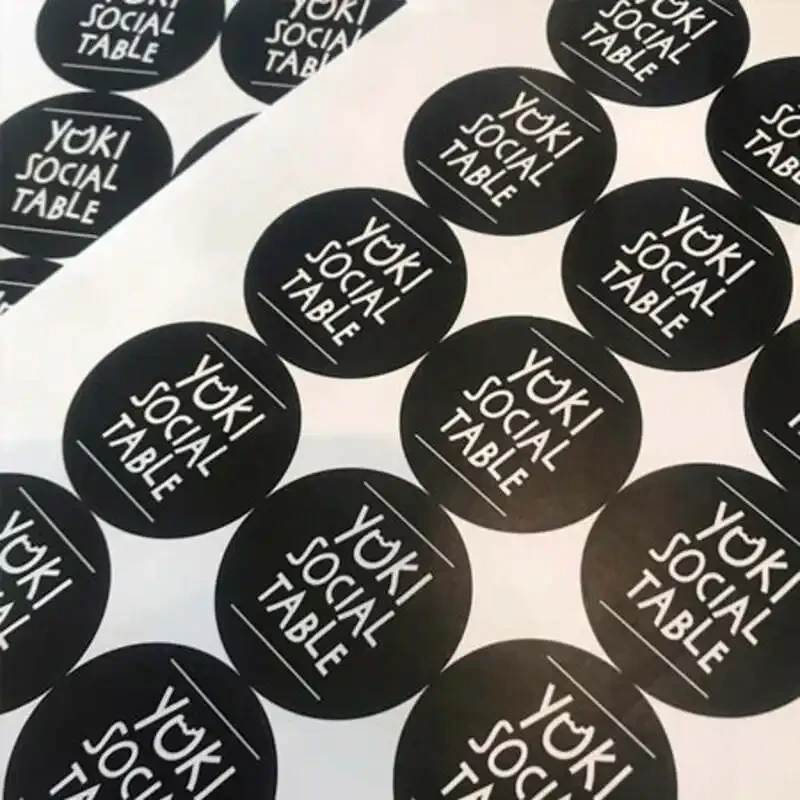The Evolution and Impact of Wrap Printing
Wrap printing, also known as vehicle wrap printing, is an innovative technique that has revolutionized the way businesses promote their brands and products. By utilizing large-format digital printing technology, wrap printing enables the creation of stunning visuals that can be applied to vehicles, walls, and other surfaces, turning them into moving billboards or eye-catching displays. This article explores the evolution of wrap printing, its applications, benefits, and the future trends shaping this dynamic industry.
A Brief History
The origin of wrap printing can be traced back to the late 1990s when the emergence of digital printing technology made it possible to produce high-quality graphics in large formats. Initially, vinyl wraps were used primarily for automotive purposes, allowing businesses to advertise on their vehicles without the need for traditional paint jobs. This not only provided a cost-effective alternative for small businesses but also allowed for flexibility and creativity in design. Over the years, as technology advanced, the quality of wraps improved significantly, offering higher resolution, durability, and a broader range of colors.
Applications of Wrap Printing
Wrap printing has extended its reach beyond vehicles and is now utilized in various industries. Here are some notable applications
1. Vehicle Wraps Businesses often utilize vehicle wraps for advertising. Whether it's a single car or a fleet of vehicles, wraps provide an engaging way to promote brand awareness while on the move. With an estimated 70,000 vehicle impressions daily, this method has proven to be an effective marketing strategy.
2. Wall Murals and Signage Commercial spaces are increasingly using wrap printing to create striking wall murals and custom signage. This not only enhances the aesthetics of spaces but also communicates brand messages effectively. From retail stores to corporate offices, wall wraps create engaging environments that attract customers and enhance the overall experience.
3. Event Promotions Wrap printing plays a critical role in event marketing. From trade shows to concerts, customized wraps can be used on booths, tents, and even props to draw attention and convey information. The portability and ease of installation make wraps an ideal choice for temporary promotions.
4. Architectural Wraps As urban landscapes evolve, architectural wraps have gained popularity. They can be used to cover scaffolding during building renovations, temporarily transforming unsightly construction sites into visually appealing spaces.
wrap printing

Benefits of Wrap Printing
The advantages of wrap printing are multifaceted, appealing to both businesses and consumers alike
1. Cost-Effective Advertising Compared to traditional advertising methods like billboards, wrap printing offers a lower cost of engagement. A one-time investment can yield long-term exposure as vehicles or wraps continue to attract attention over time.
2. Versatility and Creativity Wrap printing allows companies to express their brand identity creatively. With unlimited design possibilities, businesses can tailor their wraps to fit their marketing strategies and target audiences.
3. Durability and Longevity Modern vinyl wraps are designed to withstand the elements. High-quality materials ensure that the graphics remain vibrant and intact for several years, even under harsh conditions. This durability makes wraps a sustainable advertising solution.
4. Minimal Downtime Compared to a traditional paint job, applying a wrap is a quick process, often taking only a few hours. This means businesses can get back to work with minimal disruption while still transforming their promotional tactics.
Future Trends
As technology continues to advance, the future of wrap printing looks promising. Innovations in digital printing technologies will enhance the quality and texture of wraps, while the integration of augmented reality (AR) could transform how consumers interact with wrapped vehicles and displays. Furthermore, the increasing emphasis on sustainability will lead to the development of eco-friendly materials, catering to environmentally conscious businesses and consumers.
In conclusion, wrap printing has evolved from a niche application into a widespread marketing tool that offers various advantages in promoting brand visibility and creativity. As businesses continue to recognize the benefits of this dynamic advertising method, wrap printing is poised to remain a significant player in the marketing landscape for years to come.



